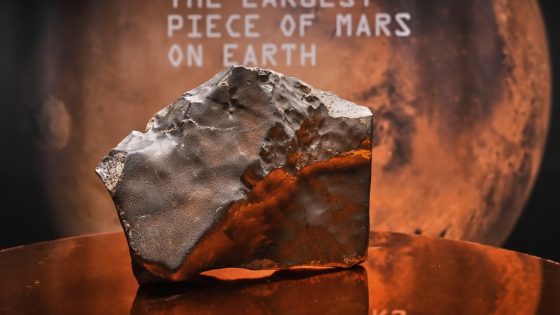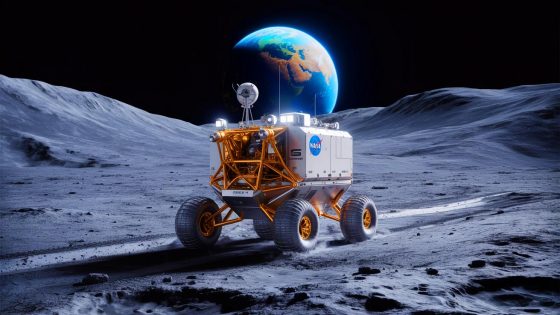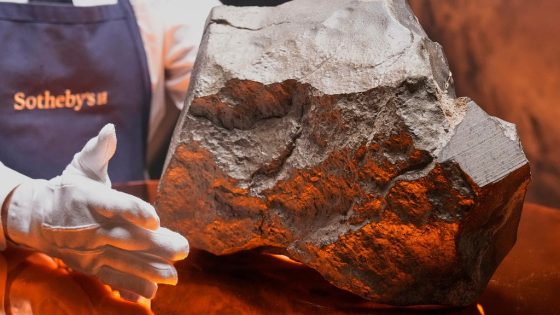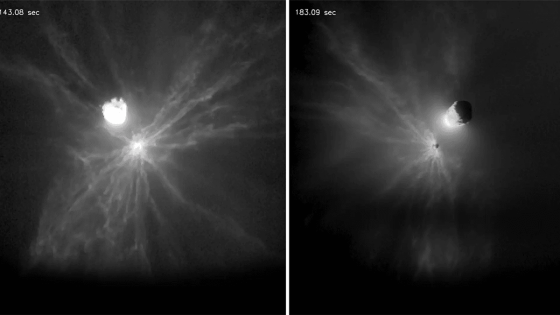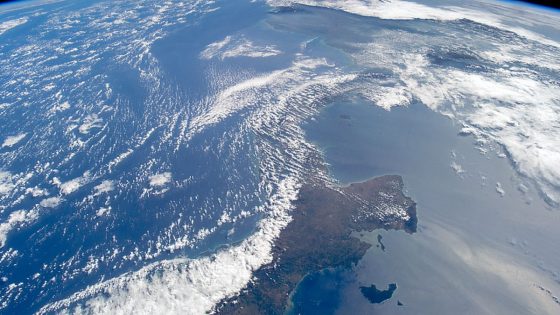The recent auction of the largest piece of Mars ever found on Earth highlights the fascinating intersection of geology and space science. Sold for over $5 million on July 16, 2025, this remarkable meteorite, named NWA 16788, was discovered in the Sahara Desert. Its journey from Mars to Earth spans an astonishing 140 million miles, showcasing the dynamic processes of our solar system.
- Largest Martian meteorite sold for $5 million
- NWA 16788 weighs 54 pounds, discovered in Niger
- Auction buyer identity remains undisclosed
- Ceratosaurus skeleton sold for over $30 million
- Meteorite represents 7% of Martian material on Earth
- Auction featured 122 items, including fossils and minerals
This 54-pound Martian rock, confirmed to be an “olivine-microgabbroic shergottite,” represents nearly 7% of all Martian material on Earth. As the largest piece of Mars found to date, it raises intriguing questions about the geological history of our neighboring planet.
Why are discoveries like NWA 16788 so significant? They provide invaluable insights into Mars’ geological past and the processes that shaped its surface. Furthermore, the rarity of Martian meteorites—only 400 out of over 77,000 recognized meteorites—adds to their scientific allure.
- Martian meteorites help scientists understand Mars’ volcanic activity.
- Each meteorite offers clues about the planet’s atmosphere and potential for life.
- They enhance our understanding of planetary formation in the solar system.
As we continue to explore Mars and other celestial bodies, each discovery fuels curiosity and advances our understanding of the universe. What other secrets lie hidden in the cosmos waiting to be uncovered?



